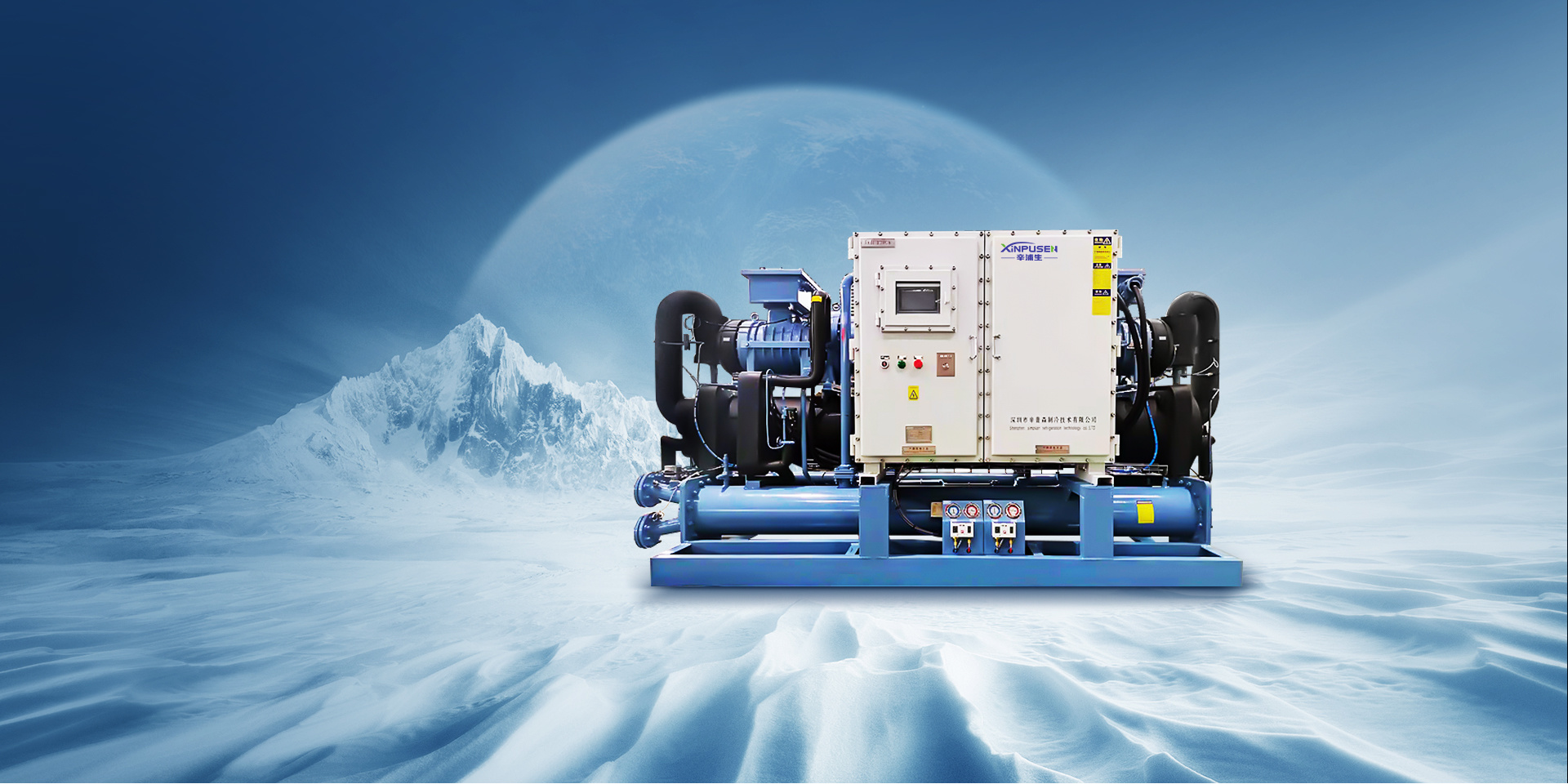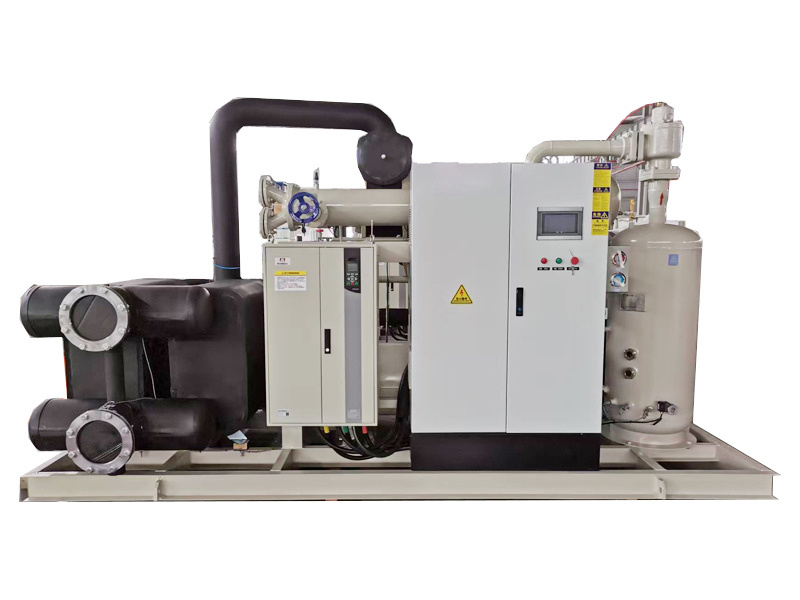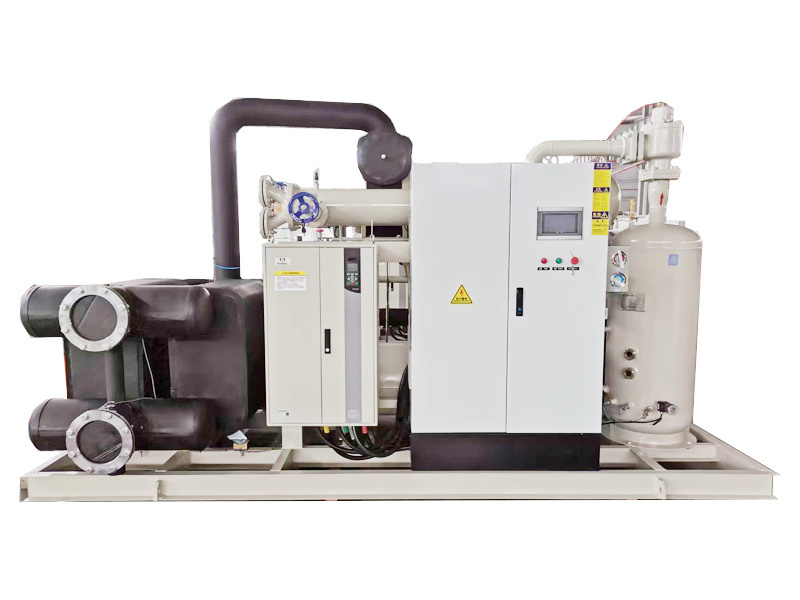Understanding Industrial Temperature Control Equipment in Building and Decoration Materials
2025-06-16 13:21
When it comes to managing environments in the building and decoration materials industry, industrial temperature control equipment plays a pivotal role. This equipment is designed to regulate temperature in various settings, ensuring that conditions are optimal for both human comfort and material integrity. As temperature fluctuations can significantly affect the performance and longevity of materials, understanding how this equipment functions is essential for industry professionals.
Industrial temperature control equipment encompasses a wide range of devices including thermostats, temperature sensors, and actuators. These devices work together to monitor and adjust temperatures in real-time, which is critical in environments where precision is necessary. For example, in the manufacturing process of building materials, maintaining a consistent temperature can influence the properties of materials such as adhesives, paints, and composites. A stable temperature environment helps in achieving desired results and reducing waste due to product failure.
One of the key components of these systems is the thermostat, which acts as the brain of the temperature control process. It detects current temperature levels and compares them with set points, activating heating or cooling mechanisms as needed. This automated process not only enhances efficiency but also minimizes energy consumption, making it a more sustainable choice in the long run.
Moreover, temperature control is not just about comfort; it is crucial for safety and compliance with building codes. Certain materials may require specific temperature conditions for safe handling and application. For instance, some adhesives may need to be applied within a specific temperature range to ensure proper bonding. Therefore, industrial temperature control equipment helps in adhering to these requirements, ultimately leading to better building practices.
In addition, advances in technology have led to the development of smart temperature control systems that utilize IoT (Internet of Things) capabilities. These systems allow for remote monitoring and control, resulting in increased flexibility and efficiency in managing temperature settings. Users can receive alerts, track performance, and make adjustments from their devices, ensuring that operations run smoothly even from a distance.
In conclusion, industrial temperature control equipment is essential in the building and decoration materials sector, particularly in the context of switches and thermostats. By ensuring the right temperature conditions, this equipment not only enhances product quality and durability but also contributes to energy efficiency and safety compliance. As technologies evolve, the future of temperature control in this industry promises even greater advancements, making it a key area of focus for industry professionals.
Industrial temperature control equipment encompasses a wide range of devices including thermostats, temperature sensors, and actuators. These devices work together to monitor and adjust temperatures in real-time, which is critical in environments where precision is necessary. For example, in the manufacturing process of building materials, maintaining a consistent temperature can influence the properties of materials such as adhesives, paints, and composites. A stable temperature environment helps in achieving desired results and reducing waste due to product failure.
One of the key components of these systems is the thermostat, which acts as the brain of the temperature control process. It detects current temperature levels and compares them with set points, activating heating or cooling mechanisms as needed. This automated process not only enhances efficiency but also minimizes energy consumption, making it a more sustainable choice in the long run.
Moreover, temperature control is not just about comfort; it is crucial for safety and compliance with building codes. Certain materials may require specific temperature conditions for safe handling and application. For instance, some adhesives may need to be applied within a specific temperature range to ensure proper bonding. Therefore, industrial temperature control equipment helps in adhering to these requirements, ultimately leading to better building practices.
In addition, advances in technology have led to the development of smart temperature control systems that utilize IoT (Internet of Things) capabilities. These systems allow for remote monitoring and control, resulting in increased flexibility and efficiency in managing temperature settings. Users can receive alerts, track performance, and make adjustments from their devices, ensuring that operations run smoothly even from a distance.
In conclusion, industrial temperature control equipment is essential in the building and decoration materials sector, particularly in the context of switches and thermostats. By ensuring the right temperature conditions, this equipment not only enhances product quality and durability but also contributes to energy efficiency and safety compliance. As technologies evolve, the future of temperature control in this industry promises even greater advancements, making it a key area of focus for industry professionals.
Previous: china mobile container chiller unit
More Information
2025-10-27
Unlocking the Benefits of Ultra-Low Temperature Cascade Chillers in Industry
Unlocking the Benefits of Ultra-Low Temperature Cascade Chillers in Industry
Introduction to Ultra-Low Temperature Cascade Chillers
In the realm of industrial refrigeration, **ultra-low temperature cascade chillers** are transforming how businesses manage temperature-sensitive processes. These advanced cooling systems are not merely a trend; they represent a significant shift in how industries t
2025-10-20
china double-stage low temperature chiller
Discover the ultimate cooling solution with our advanced Double-Stage Low Temperature Chiller, designed for applications requiring extreme precision and power. This specialized equipment utilizes a sophisticated two-stage refrigeration cycle to deliver outstanding performance where it matters most
2025-10-20
Understanding Double-Stage Low Temperature Chillers: Efficiency and Applications
Double-stage low temperature chillers represent a vital component in the realm of industrial refrigeration, particularly for applications requiring precise cooling at lower temperatures. These chillers are designed to operate effectively in environments where standard cooling systems may falter, providing a reliable solution for industries such as pharmaceuticals, food processing, and chemical man
2025-10-13
Understanding the Benefits of a Double-Stage Low Temperature Chiller: A Comprehensive Guide
Understanding the Benefits of a Double-Stage Low Temperature Chiller
Table of Contents
What is a Double-Stage Low Temperature Chiller?
How Does a Double-Stage Low Temperature Chiller Work?
Key Benefits of Double-Stage Low Temperature Chillers
1. Energy Efficiency
2. Enhanced Performance
3. Reduced Operational Costs
4. Better Env
2025-10-27
Unlocking the Benefits of Ultra-Low Temperature Cascade Chillers in Industry
Unlocking the Benefits of Ultra-Low Temperature Cascade Chillers in Industry
Introduction to Ultra-Low Temperature Cascade Chillers
In the realm of industrial refrigeration, **ultra-low temperature cascade chillers** are transforming how businesses manage temperature-sensitive processes. These advanced cooling systems are not merely a trend; they represent a significant shift in how industries t









 CN
CN EN
EN



